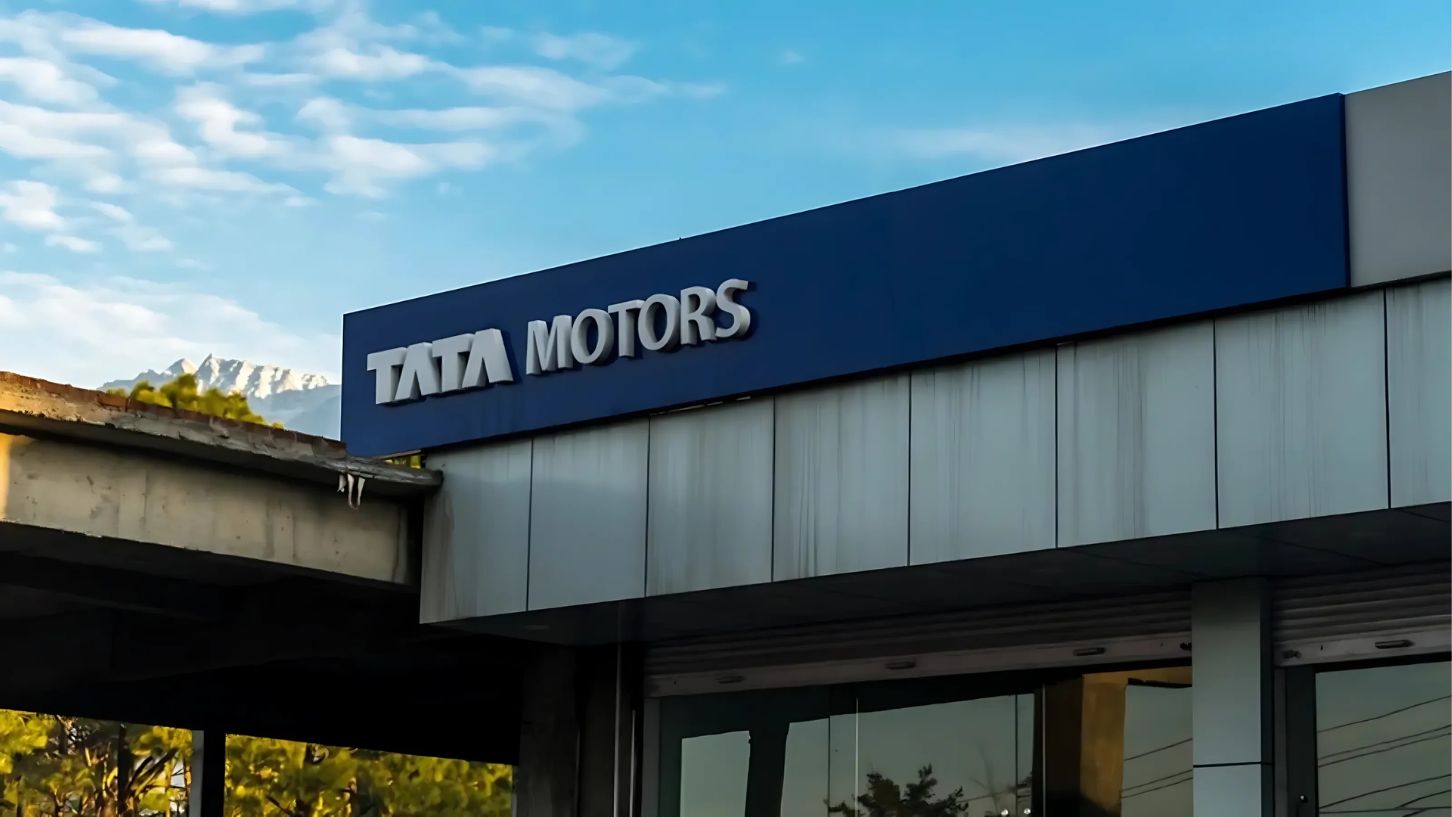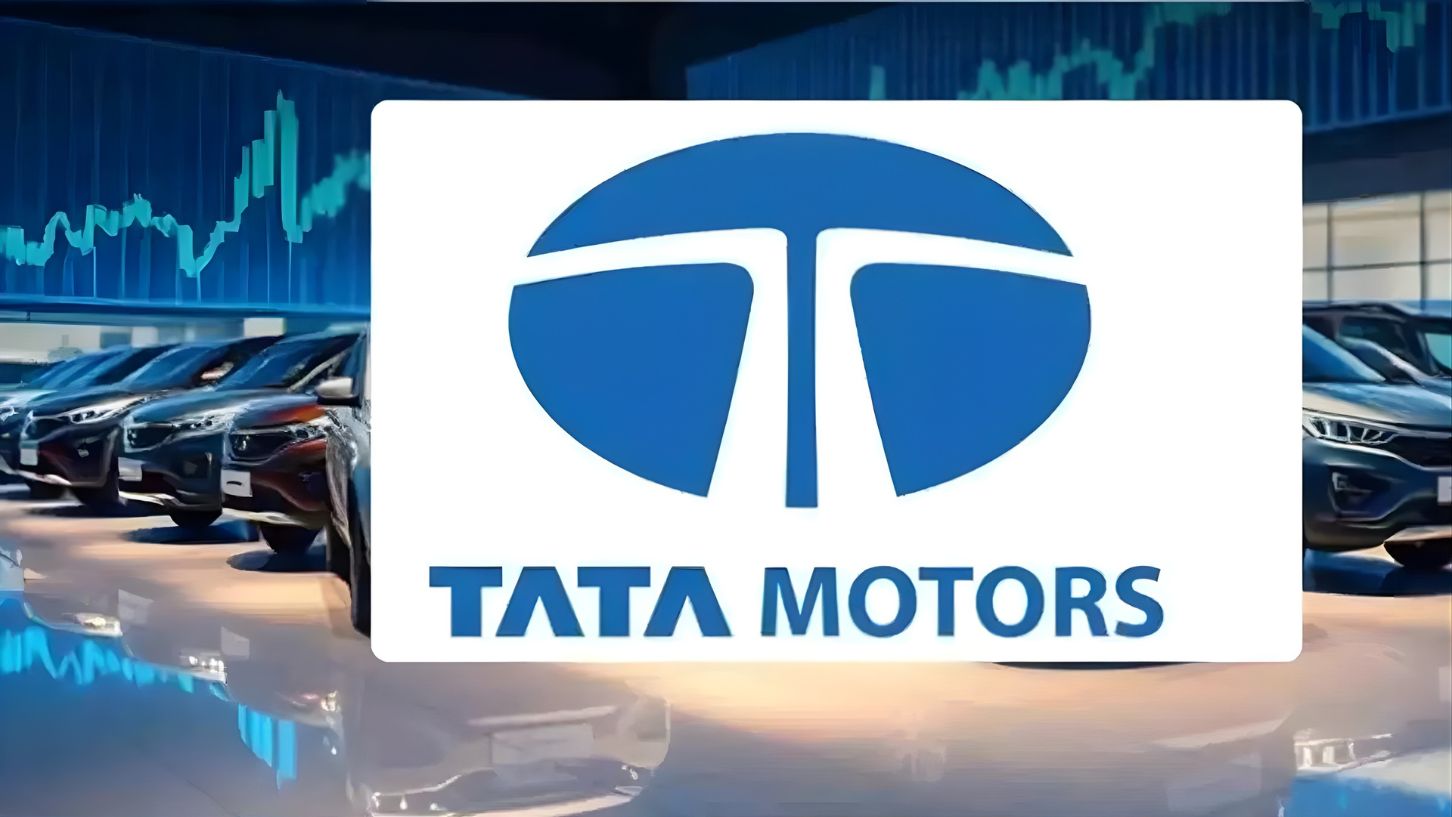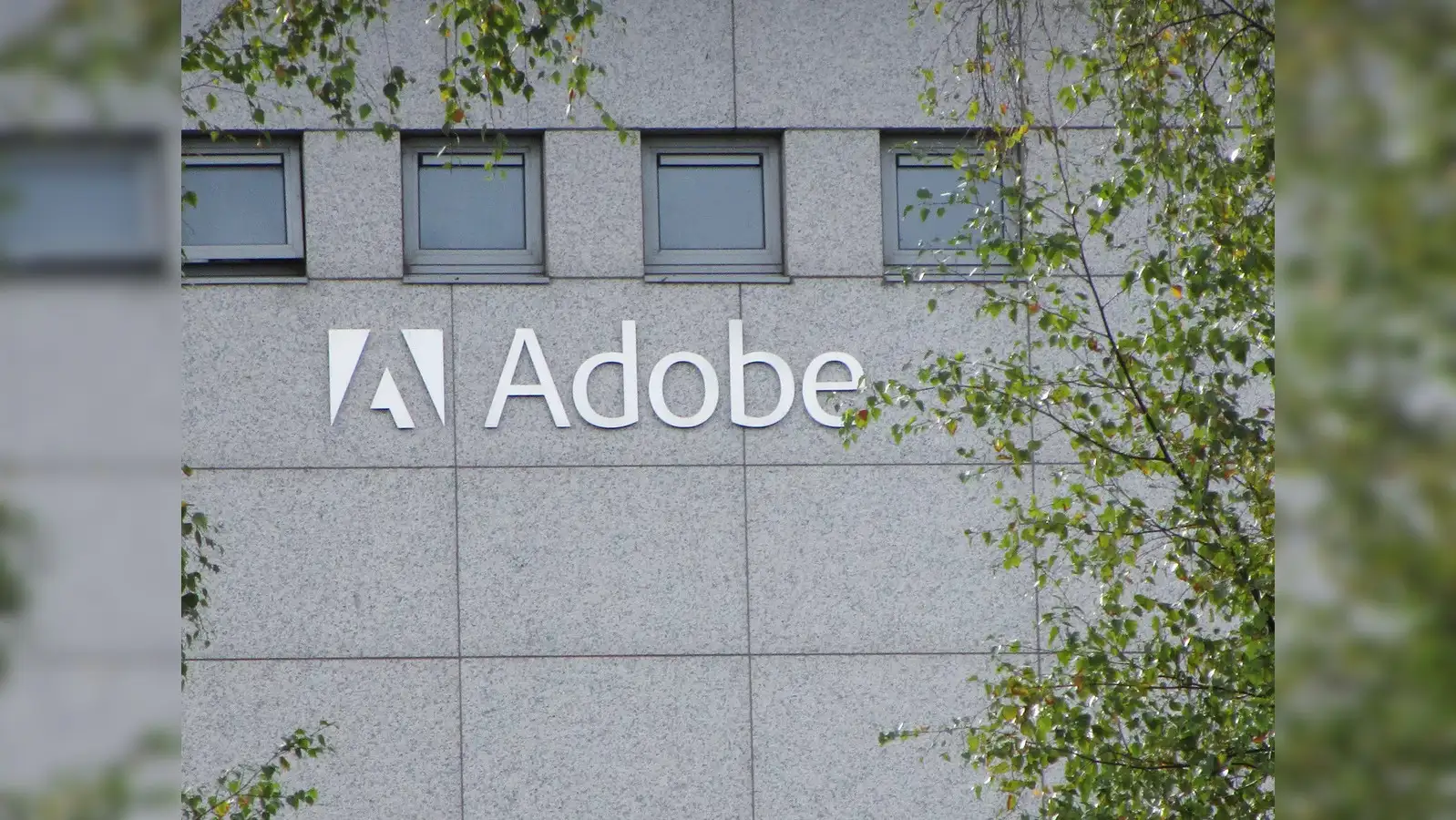Tata Motors demerger tax implications are on every investor’s mind after the company announced it will split its business into a commercial vehicle arm and a passenger vehicle arm. The key question is: when do you pay capital gains tax, and how is your cost‐basis handled? In this blog, I’ll explain everything in simple terms using examples so that even non-experts can understand.
Understanding the demerger and tax basics
When Tata Motors demerges its commercial vehicle (CV) and passenger vehicle (PV) businesses, shareholders of Tata Motors as of the record date (October 14) will receive shares in the new CV company in proportion to what they already own.
Here’s an important point: simply receiving the new shares (due to the demerger) does not trigger a capital gains tax right then. The law (Section 47 of the Income-Tax Act) treats the transfer under a demerger scheme as non-taxable at that moment.
So, if you held 100 shares of Tata Motors before the demerger, and you get 100 shares of the new CV company, you don’t pay tax at that moment. But things get interesting when you eventually sell the shares.
Apportioning cost and holding period after demerger
How to split your original cost (cost of acquisition)
Your original purchase price (say, when you bought Tata Motors shares) must be split between Tata Motors (the remaining company) and the new CV company. Companies typically disclose the ratio based on their net book values (NBV). For instance, suppose Tata Motors announces a split of 60:40 (60% value remains with the original, 40% goes to the new company).
If you bought Tata Motors shares for ₹1,000 originally, then under that ratio, ₹600 becomes the cost basis for the original Tata Motors shares, and ₹400 becomes your cost basis for the new CV shares.
This apportionment ensures that when you sell later, you don’t treat the new shares as “free” or “bonus” shares; you carry your cost properly into both.
Carrying over your holding period
Another key thing is the “holding period.” The tax rules say that your holding period (how long you’ve held the shares) for the new shares includes the time you held the original shares. That means the “clock” does not reset because of the demerger.
So if you bought Tata Motors shares in, say, January 2023, and the demerger happened in October 2025, your holding period for both the Tata Motors and the new CV shares will count from January 2023. If that period exceeds 12 months, gains from future sales may qualify as “long-term capital gains,” which often get more favorable tax treatment.
When you sell, capital gains tax kicks in
Now, when you sell either your Tata Motors shares or the new CV shares (or both), capital gains tax will come into play. The gains will be computed using:
-
The split cost basis (as apportioned above).
-
The holding period (which carries over).
If your holding period is more than 12 months (i.e., long term), then long-term capital gains rules apply. Otherwise, it’s treated as short-term.
Let me give you an example to make it real:
Example
-
You bought 100 shares of Tata Motors in January 2022 for ₹10,000 (i.e., ₹100 per share).
-
Demerger happens in October 2025, and Tata announces a 70:30 split (70% to Tata Motors, 30% to the new CV).
-
Your cost basis to Tata Motors = ₹7,000; cost basis to new CV shares = ₹3,000.
-
You then sell the new CV shares in December 2025 for ₹4,500.
-
Gain = ₹4,500 – ₹3,000 = ₹1,500.
-
Holding period is counted from January 2022, so this is a long-term gain (more than 12 months). You’ll pay LTCG on ₹1,500 as per applicable rates.
If you instead sold Tata Motors shares, you would use the ₹7,000 basis and compute the gain accordingly using the same holding period rule.
What you should do as an investor
First, keep records. Retain the company’s communication or any notice from the registrar that shows the apportionment ratio (NBV ratio). Label your shares in your portfolio or in your own spreadsheet properly, so when the time comes to sell, you apply the correct cost basis.
Second, while filing your tax returns, make sure you correctly report the sale under the relevant schedule (typically Schedule 112A for listed shares) and use cost basis and dates accurately. Many tax software options are now supporting these scenarios, but your input must be correct.
Finally, be aware of dividend income: after the demerger, Tata Motors and the new CV company may each issue dividends separately. Dividends are taxed under “income from other sources,” and tax is deducted at source. That’s a separate issue from capital gains and must be handled correctly during tax filing.
To sum up, the Tata Motors demerger tax implications are fairly favorable at the point of receiving new shares (no immediate tax), but when you sell, the capital gains tax depends on how you allocate cost, and how long you held the shares. With careful record-keeping and correct reporting, you can ensure you don’t overpay or mess up.



